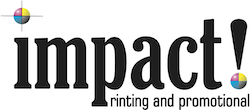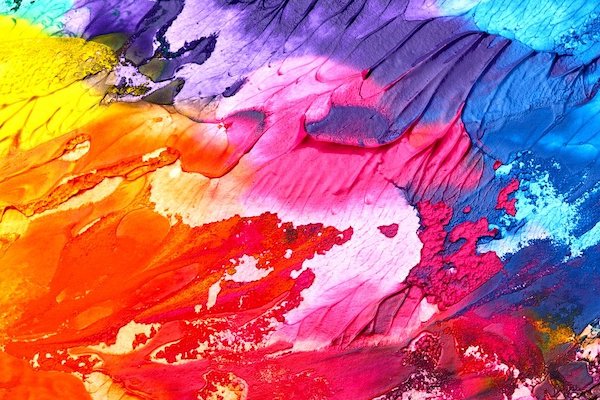Commercial digital printing refers to the printing of digital images onto media for commercial purposes, whether for pamphlets, brochures, menus, or the like. With all of the options available for commercial printing, it’s easy to feel overwhelmed.
Unlike options like offset printing that use printing plates, digital printers print an image directly onto the chosen material. This easier method requires less production set-up, leading to quicker turnaround times and a lower overall cost. In past years, digital printing has had a reputation for having dull colors and low image quality, however, with recent advancements in quality and technology it is quickly becoming the best and most cost-effective option.
What Is Commercial Digital Printing?
Variable Digital Printing
In addition to its improved quality, there are a few benefits to digital printing that its competitors can’t do. One of these benefits is the ability to personalize each printed piece. Variable data printing (VDP) is possible with digital printing, which allows the technician to change the output of a digital printer so that each individual print can be personalized with unique information. This information can come from a spreadsheet or database that is uploaded to the software.
Print on Demand
Another benefit digital printing has over other methods is its ability to be printed on demand. Printing companies can save a company’s image and print it regularly on a scheduled or as-needed basis. This is important for jobs that have regular printing needs, such as T-shirts, merchandise, or rotating restaurant menus. If you have an image you plan on using frequently, or on a wide range of different media, digital printing is the option for you.
How Digital Printing Compares to Competitors
Offset Printing
Offset printing is the main competitor when it comes to digital printing. It uses printing plates and wet ink to create a finished product. This technique gives the printer a high degree of control over the color, which improves the quality of the image by sharpening it and making it more vibrant. As previously mentioned, this method requires a great deal of setup and therefore is more costly than digital printing. There is also no option of VDP or printing on-demand with offset printing.
LED UV
LED UV is considered the highest quality in commercial printing, and the cost reflects this. Once printed, the ink dries instantly, meaning very little ink has the chance to absorb into the media being printed on. Ultra-violet (UV) light is used for curing so no sealants are required. LED UV printing is also the most eco-friendly option since light is used to dry the ink instead of heat. This method is generally used for the advertisement of high-end and luxury products.
Conclusion
The efficiency, cost-effectiveness, and quick turnaround time associated with digital printing make it a top contender for commercial printing needs. The availability of endless personalization and customization options offers the versatility that most businesses are looking for, and the ongoing technological advancements and quality improvements make digital printing a great option for the everyday commercial printing needs of a business.


